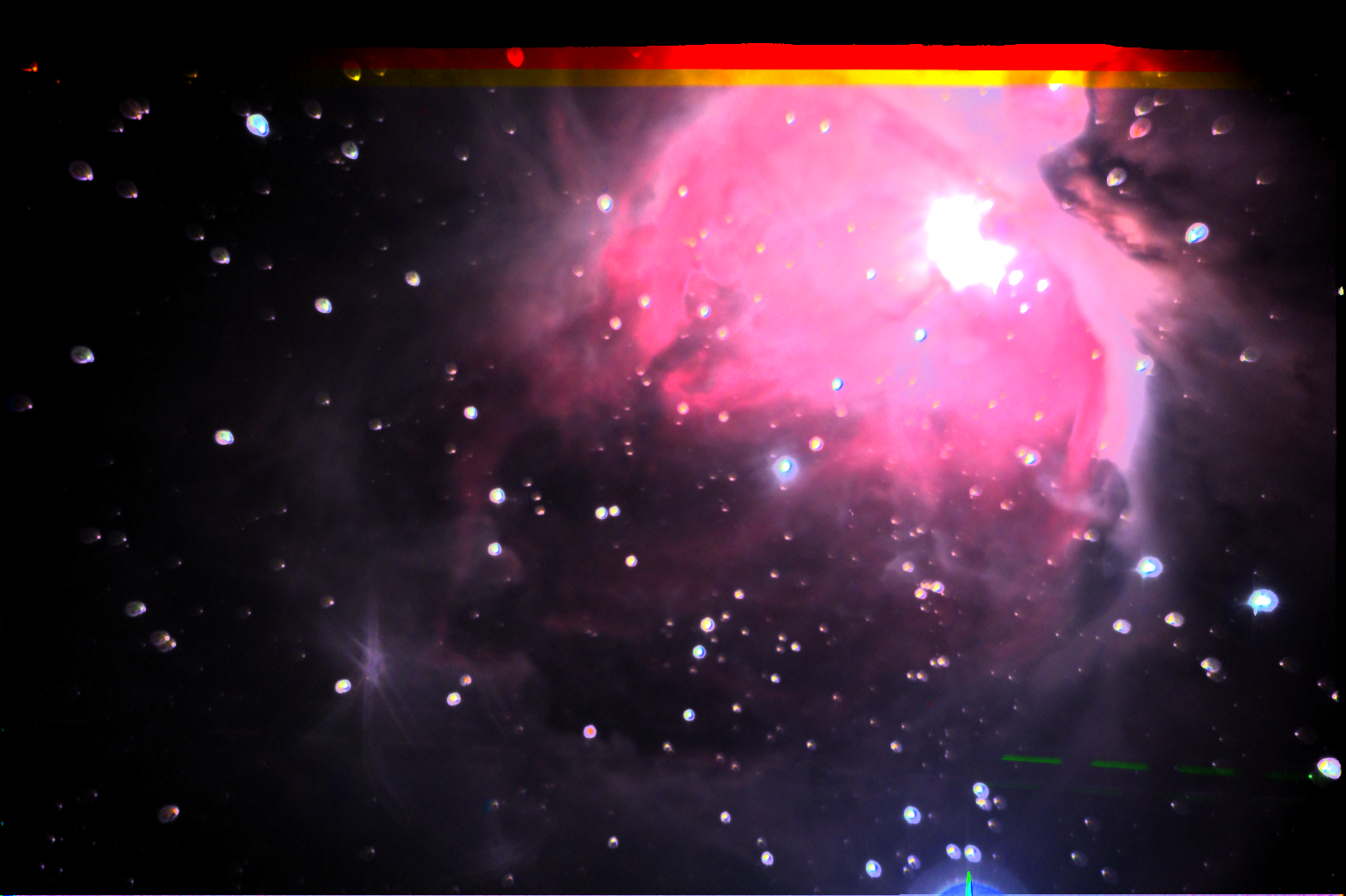
F:2 Astrophotography 14-inch Telescope
Understanding that an ancient, Schmidt Cassegrain, telescope was quite flexible and rewarding for viewing, a penchant for chasing faint objects led me to consider turning the instrument inside out by placing a camera at the prime focus of the primary mirror. The job seemed to be as simple as buying a FASTAR kit made by Celestron for that purpose and sold by Astronomics in Oklahoma.
The task lagged for a few years after I found that the kit did not quite fit my old scope and I was not quite sure how to get it apart. Eventually, sometime in 2017, I summoned my courage and proceeded. The task was made easier as a friend left me another 14-inch telescope of similar make so I reasoned that, if I made a mess of it, I could change horses in mid stream and revert to SCT configuration.
The first images obtained after mounting an SBIG ST-8 on the kit were quite rewarding. The assembly, shown in the first photograph below,was made to come into focus at about 4-inches from the front of the glass corrector plate. I also noticed that a small lens had been placed a couple of inches in front of the corrector plate presumably to make some correction for spherical (or some other) aberration.


As the SBIG camera has several attachments available I then set out to bring it into focus with the Adaptic Optics (AO) kit and the Filter Wheel. This required leaving the corrector lens and its attachments behind and cutting some parts on a lathe which would get the assembly closer to the corrector plate. After several sessions of cutting and testing I found the image shown below to be embarrassingly poor. I have now moved back to the original adaptor and choose to operate it routinely in the chase of magnitude 20 or fainter objects.

Leaving the field flattening lens out of the optical path and making an adaptor which allowed insertion of the SBIG Adaptic Optics module, this was the best I could get. The spherical aberration is obviously much worse than that shown in the first image above.

The image above was taken on a clear night in March 2019 using the F2 configuration in BB2. It was taken with the color wheel and deliberately made a little out of focus so as to make the bright stars larger.